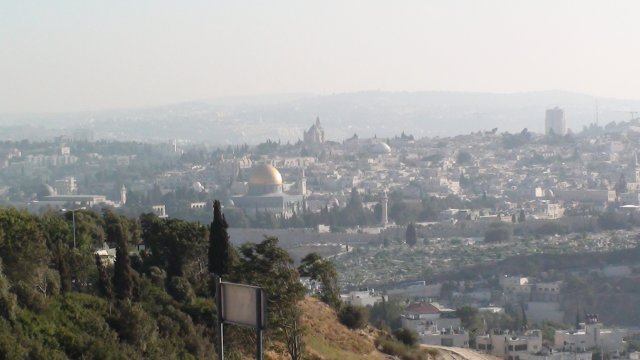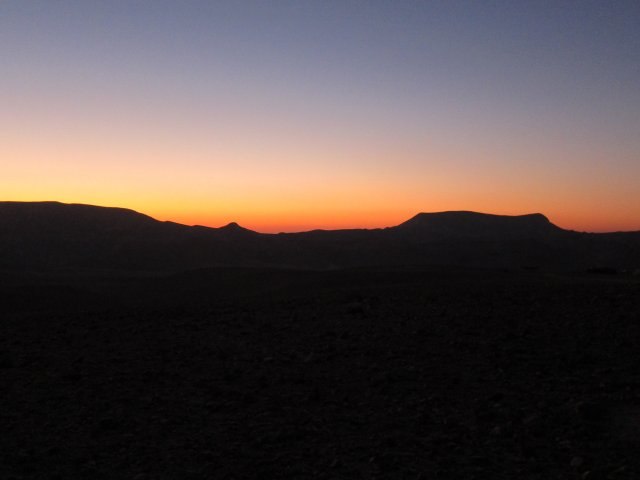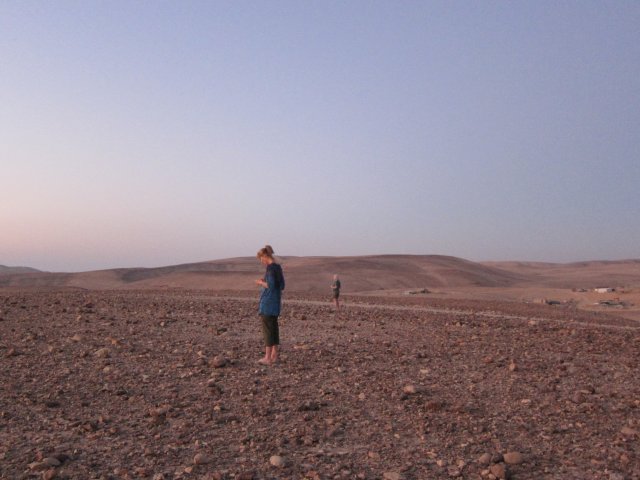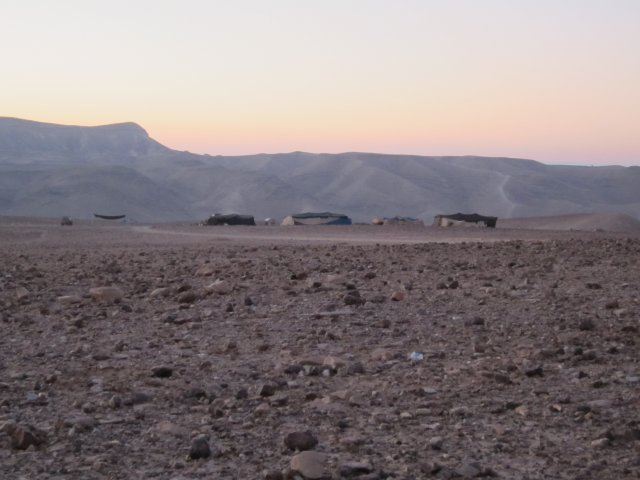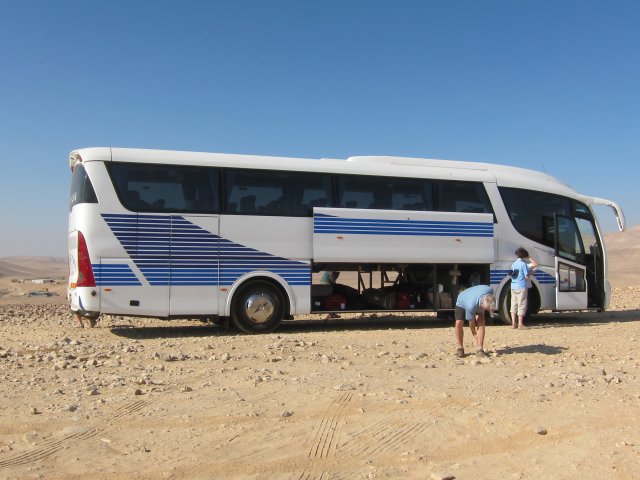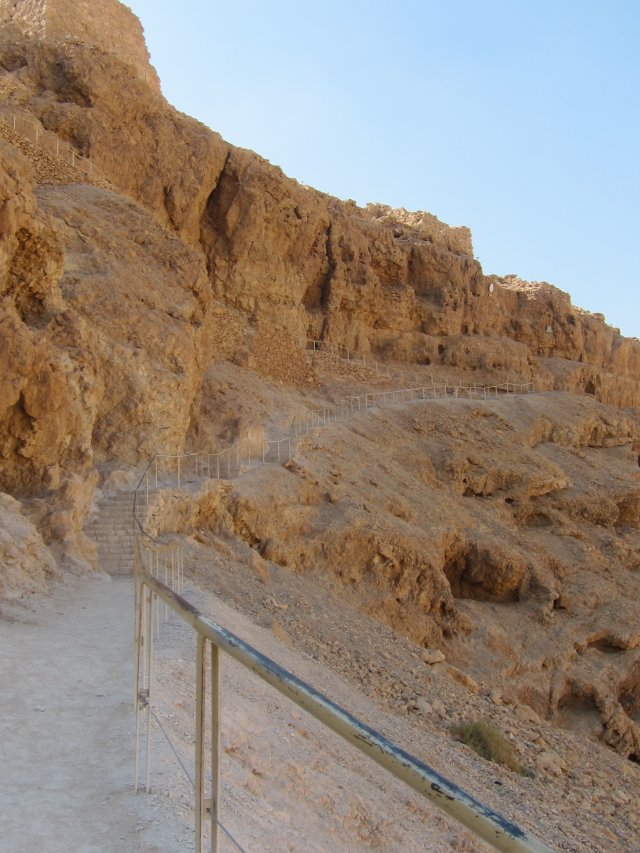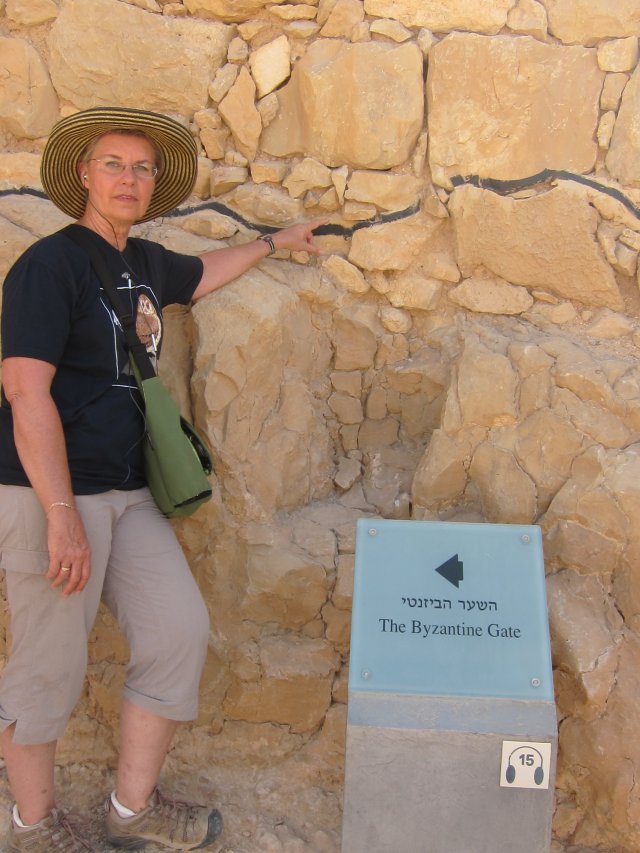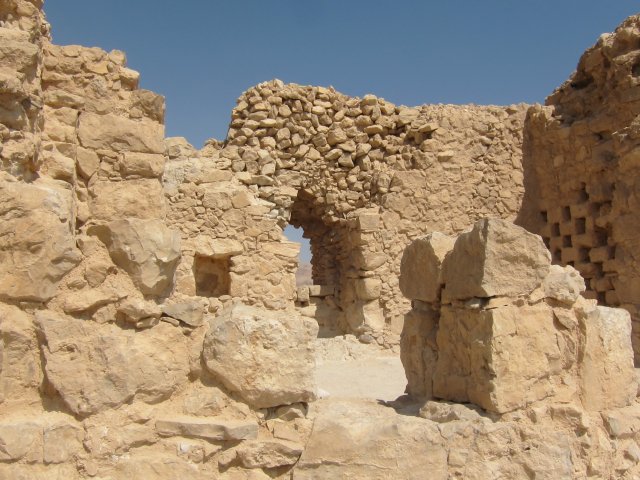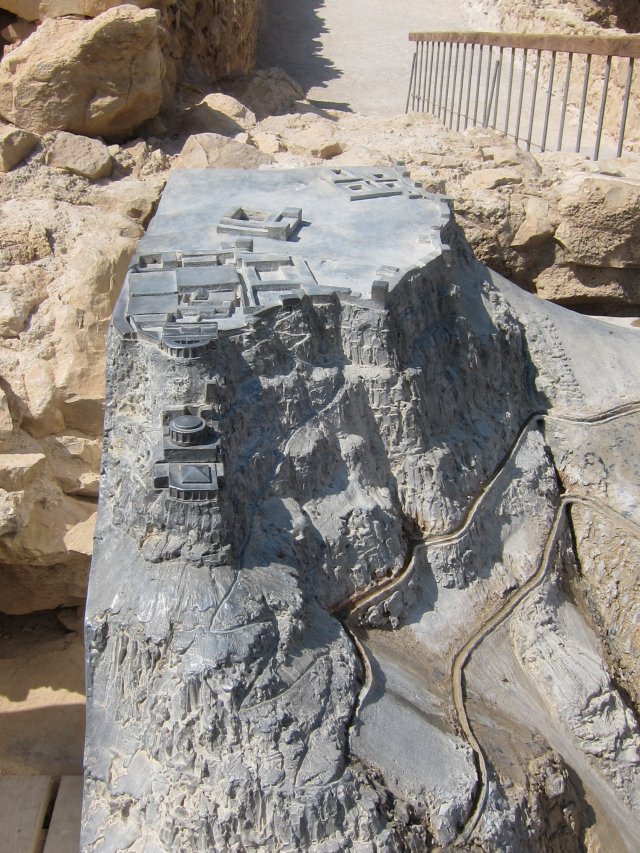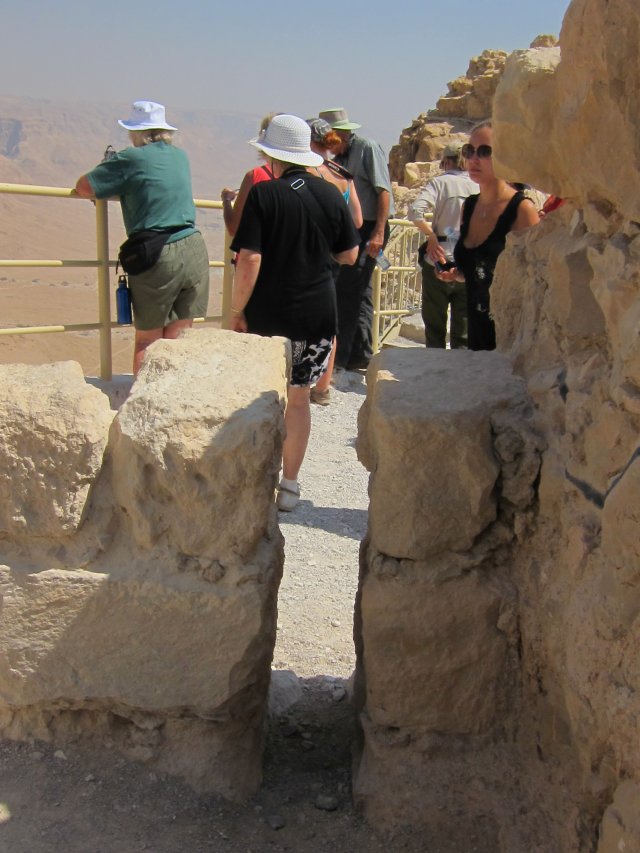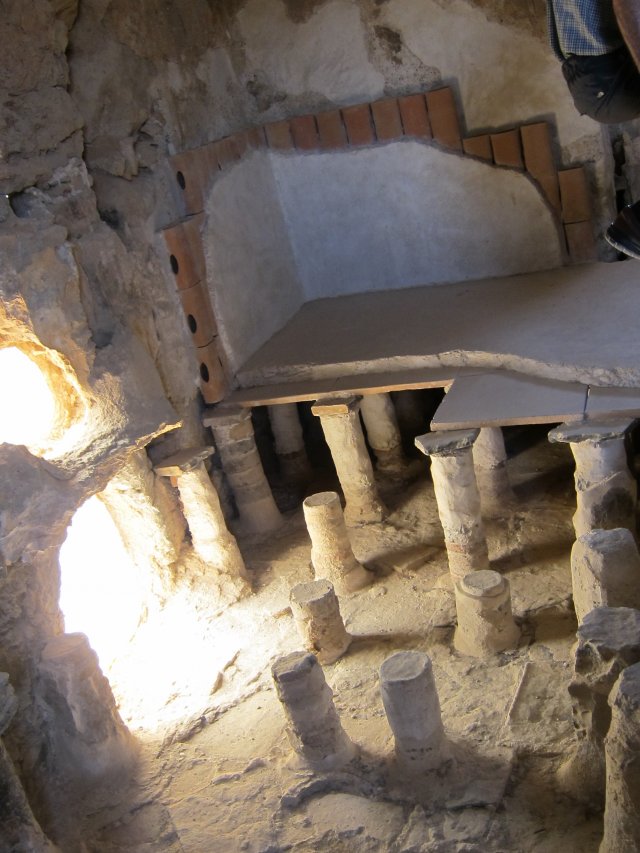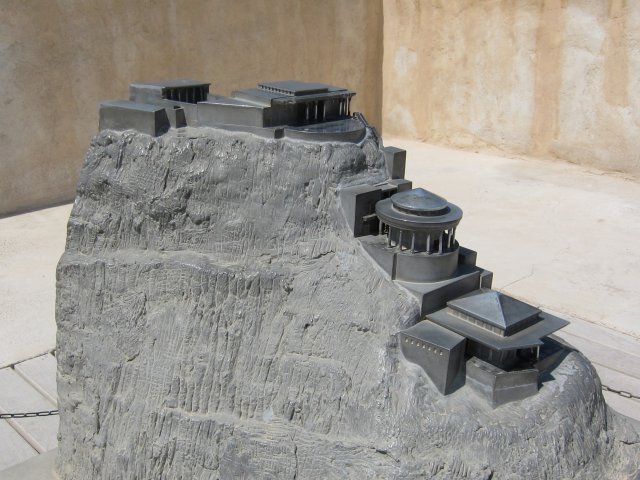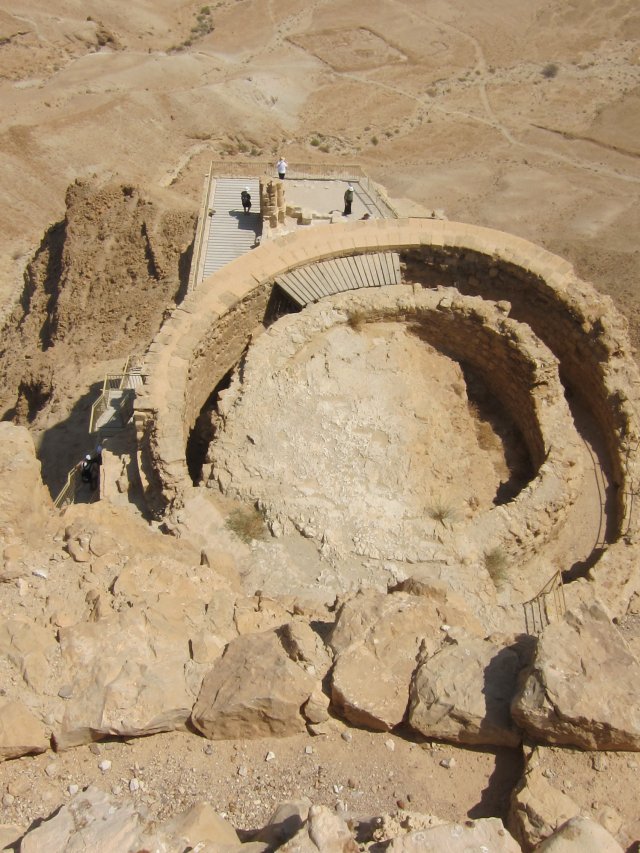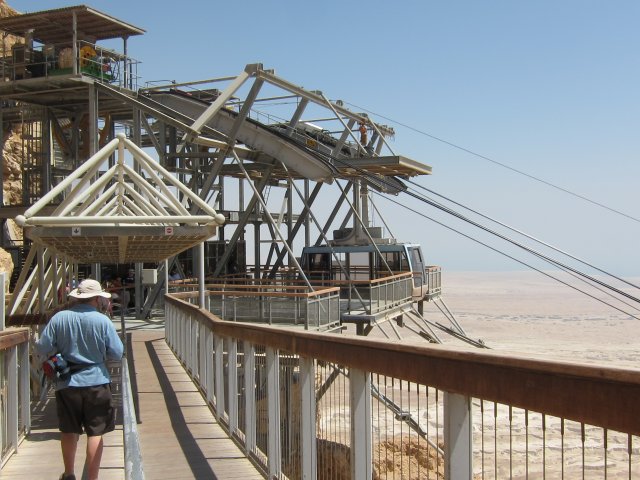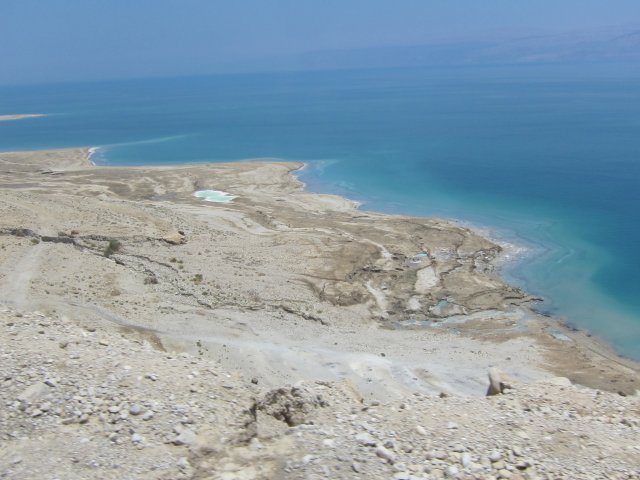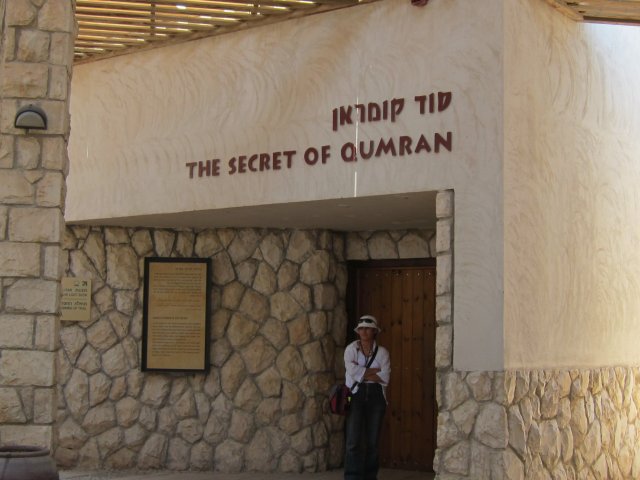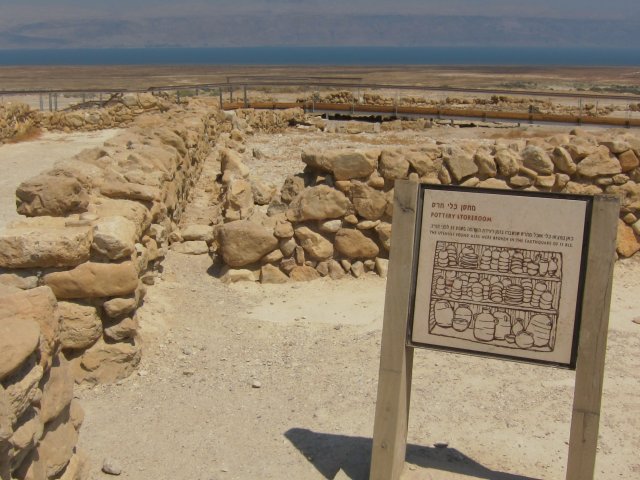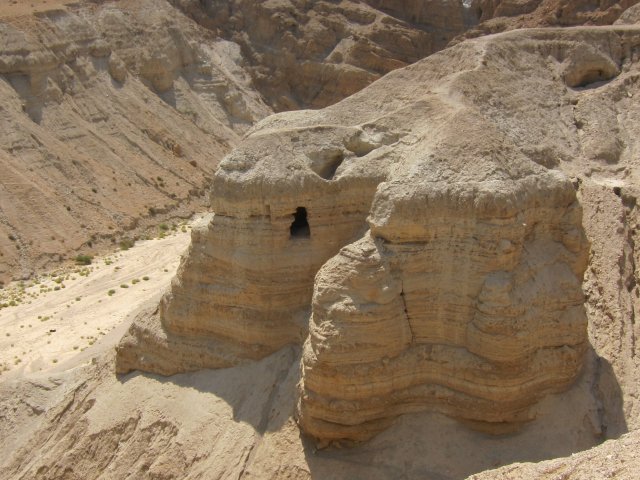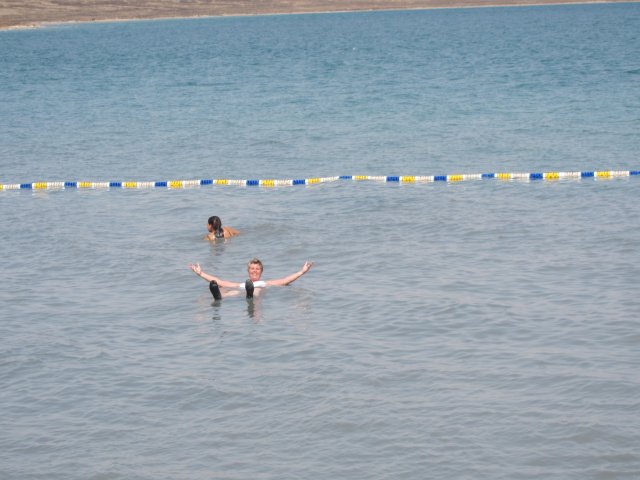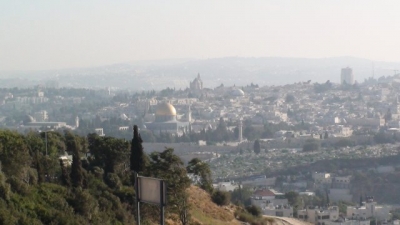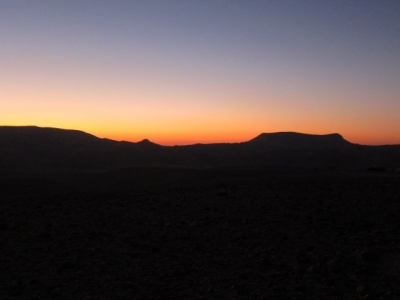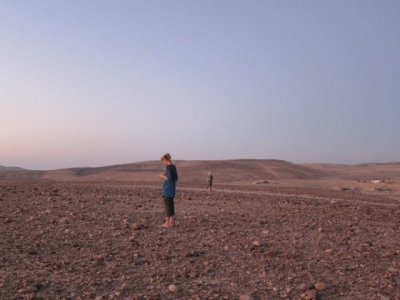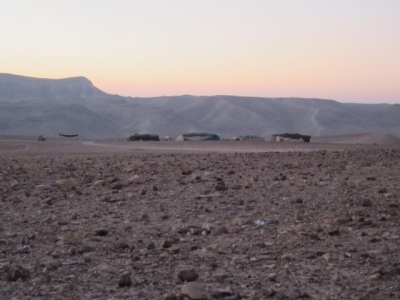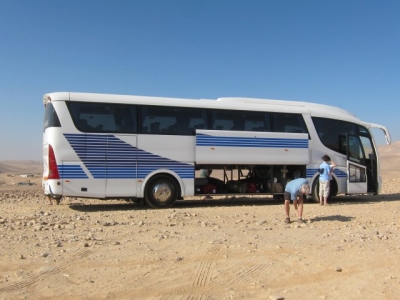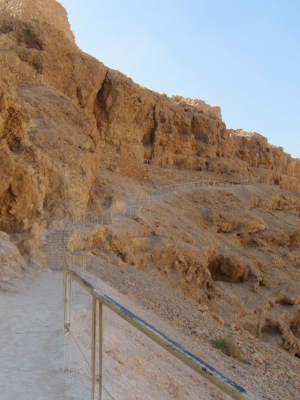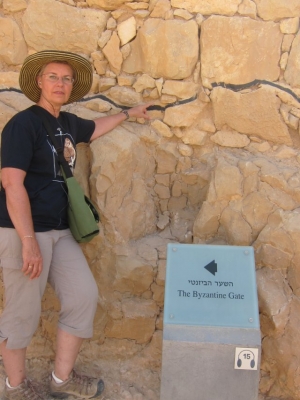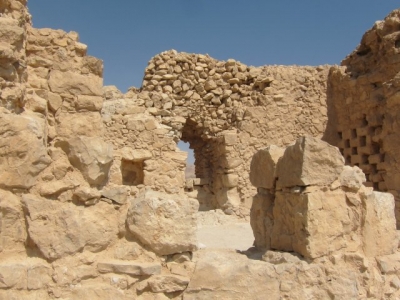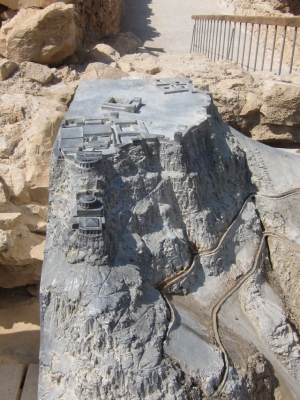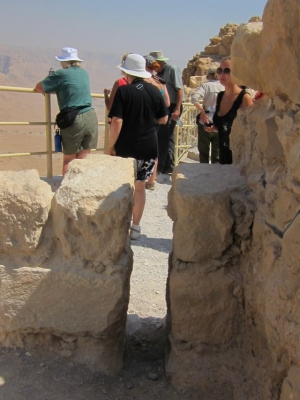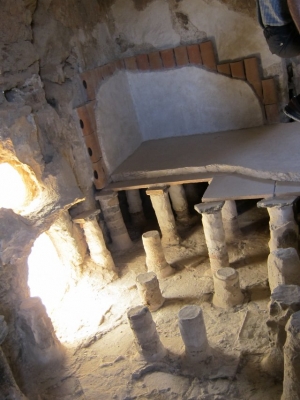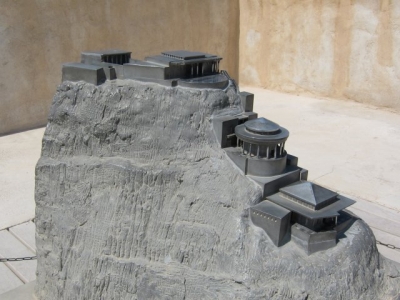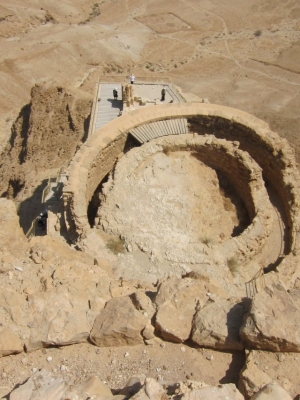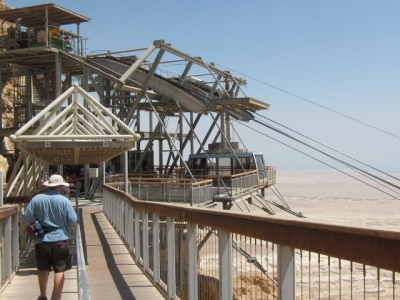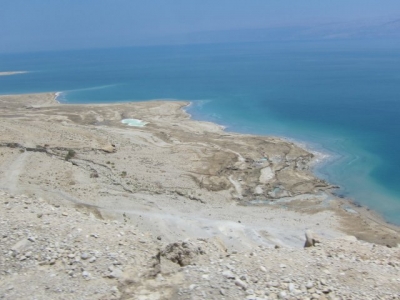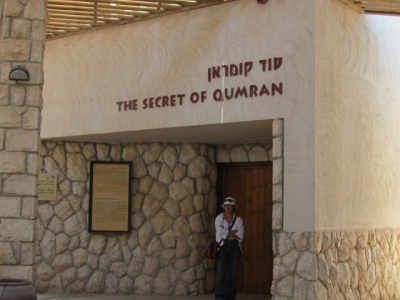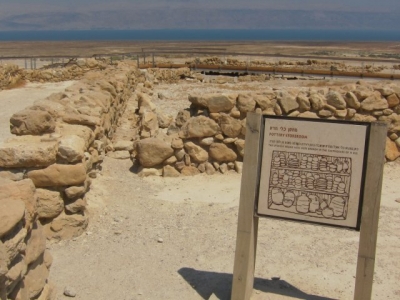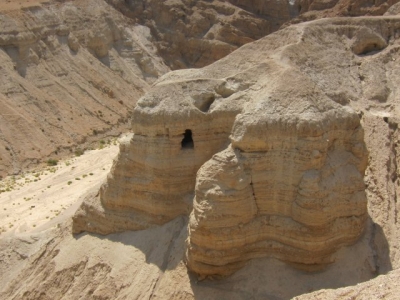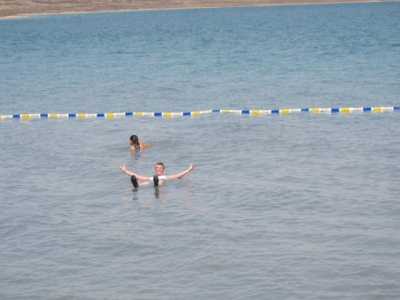-
Day 8 — Jewish Rebellion and Not Sinking in the Dead Sea
The advantage to camping, whether in your back yard, a National Park, or a Bedouin tent, is that you can hardly miss the time when it gets light outside. Without the insulating darkness of solid walls, the light creeps into your consciousness and tells you it’s time to get moving.
I woke up this morning a little after 5 AM with the sunrise beautifully in progress. I rolled over and into my shoes, grabbed both cameras, and just walked out of the tent onto the plain (oh, I had worn my clothes to sleep in, so no worries about undue exposure, ha!). Walking a ways on a field of rocks gives one a good idea of what it meant to move across the desert. Anytime you’re not on a road — where some rocks have been removed and the ones left are all relatively the same size — you have to pick your way carefully.
But I made it out a ways and got a lovely sunrise. while I waited for the colors to change, I took advantage of the time to do some of my daily prayers. As it lightened, I saw others out on the same mission. I like to think we were all doing some praying for the land we are in as well as the whole world.
A close-by encampment appeared to be a pretty authentic Bedouin camp. We know we’re only playing at living like Bedouin for the night, but some do still live on the plains in tents like this. They are principally herders.
After breakfast, we boarded our many wheeled chariot to head out on the day’s adventures, the first of which was a short distance away through the desert — Masada. We went sort of backwards, starting at the Byzantine gate on the back side and ending up at the cable car down to the visitor’s center and our transportation out. We learned, btw, that the black line we saw throughout the fortress indicated the level of the walls at the time excavation started. Other rocks that had fallen down through earthquakes and such but which remained in the area were put back up on the walls. This gives us a better picture of the structures that existed there.
It was a bit of a climb to the gate, but how interesting to be climbing on the debris that the Roman army and 30,000 slaves put in place to finally be able to breach the wall and take the city from the Zealots. It took them two and a half years to basically build a mountain next to the single mountain that Masada was built on. But that’s the end of the story.
Masada is one of those places that have been built and rebuilt by several different groups who’ve inhabited it. Since it’s too late this evening for me to look up who they all were, I’ll just say that one of the Herods built a portion fo the place. He left his mark with the “Northern Palace,” which was built at the northern most point and down on two cliffs (don’t know if they were there naturally or if they’d been carved out of the rock). As was normal for Romans, he built what we know of as the “Roman Baths,” complete with a steam room.
It’s interesting to see how they engineered these steam rooms. There’s a short secondary floor supported above the lower floor by pillars with space between them. Slaves would stoke a fire whose heat would fill the air spaces between the floors, generating heat. In the sauna, they’d throw water on hot stones to generate the steam. We didn’t need any fire today to generate heat as the sun was doing a fine job all by itself. Yes, this was another hot, hot day. We were grateful for every piece of shade, even if it was inside a Roman bath!
On other interesting thing Mishi pointed out to us has to do with what’s written in Matthew 19:24, where Jesus said “…it is easier for a camel to go through the eye of a needle than for someone who is rich to enter the kingdom of God.” The eye of a needle was actually a part of Roman gate security. At a certain time, the gates were closed, but there was a slit left open on one side, so in case urgent messages needed to be communicated, someone could talk or pass an arm (with message, one surmises) through the narrow slit, but there’s no way a person would fit through it. Interesting, since I’d always thought of the the eye of a sewing needle when I read or heard this passage.
After baking in the sun here as long as our schedule allowed, we headed down in the cable car to the visitor’s center with its rest rooms, refreshment center and gift shop. I don’t believe anyone shopped in the gift shop (better prices elsewhere), but many of us fell on the drinks and ice cream.
There’s too much history of Masada for me to write about here, but the events between the Romans and Zealots that destroyed much of the city has ended up being a rallying cry for the formation and maintenance of the country of Israel right up to today.
After a relatively short drive along the shore of the Dead Sea, we arrived in Qumran, where the Dead Sea Scrolls were discovered in 1952. We saw the cave where the pots with the leather scrolls inside were found, but we also saw the remains of the community that put them there. I didn’t know so much was known about them, but they apparently wrote down their own religious beliefs and the practices of their community.
The Dead Sea Scrolls were a seminal find in the field of Biblical study. The scrolls found included early copies of some of the books in our modern Bible as well as others mentioned in other writings but that we had no first-hand text of. With these scrolls, scholars were able to compare our current versions with versions closer to the time of Jesus, which has raised all sorts of interesting issues. I recommend reading a book about them; it’s fascinating.
Next on the itinerary was a stop to swim in the Dead Sea, for those so inclined. I was looking forward to the experience! There was quite an operation where we stopped. Besides the entrance fee and everpresent gift shop, they provided changing rooms and showers. That last is VERY important when you’re going to be immersing youself (or trying to, anyway) in a solution of about 30% salt.
So anyway, if you look at the pictures, you’ll see me in the middle of the swimming area with arms and legs spread wide. Believe it or not, I’m not resting on the bottom; I am actually floating, effortlessly staying on top of the water with no help from hands or feet. It reminded me of a post card I’d seen in Tiberias. It was titled “The Dead Sea” and showed a cow resting on her back, hooves in the air and reading a paper. It’s true! You can hardly sink.
There were lots of people there who were scooping up the mud from the bottom and rubbing it all over themselves. The Dead Sea minerals business is really big around here. Anyway, when we’d had enough of the experience, we got out of the water and headed pretty much in a beeline for the lower, outside shower. That salt gets in places you’d rather it didn’t, and it stings. The lower shower is kindly provided to get the bulk of it off. Yay!
Then it was back to the upper showers, a good rinse off and back into our clothes, and we were on the way again. Now we were on the path to Jerusalem. The drive in is pretty impressive, as our first glimpse of the actual city (not the suburbs) came after a drive through a long tunnel. Just look to the left and BAM, there it was, all laid out in front of us. It’s an impressive sight and we’ll be spending the rest of our time here in and around Jerusalem.
Well, no rest for the weary it seems. I’m once again up late choosing pictures and recounting our adventures. But at least tomorrow we don’t have to pack up our luggage. I was grateful to actually get some laundry done (in the sink, of course), knowing that even if it doesn’t dry overnight, it will dry before we leave, so that’s good. And what else is good is WiFi access in the room, and free! there’s been a charge in most of the places we’ve stayed so far, so this is lovely.
Well pilgrims, that’s all for today. Talk to you tomorrow!
